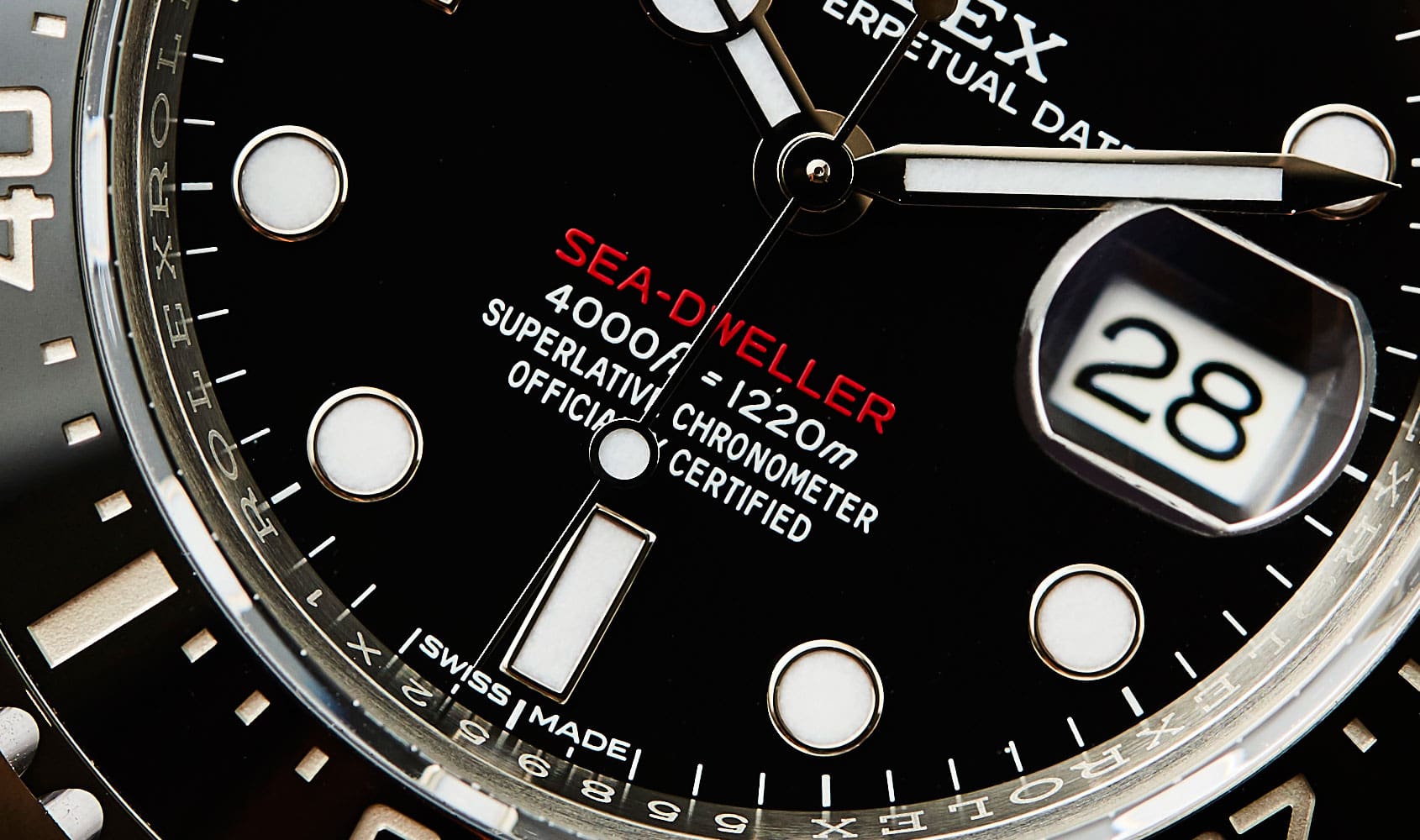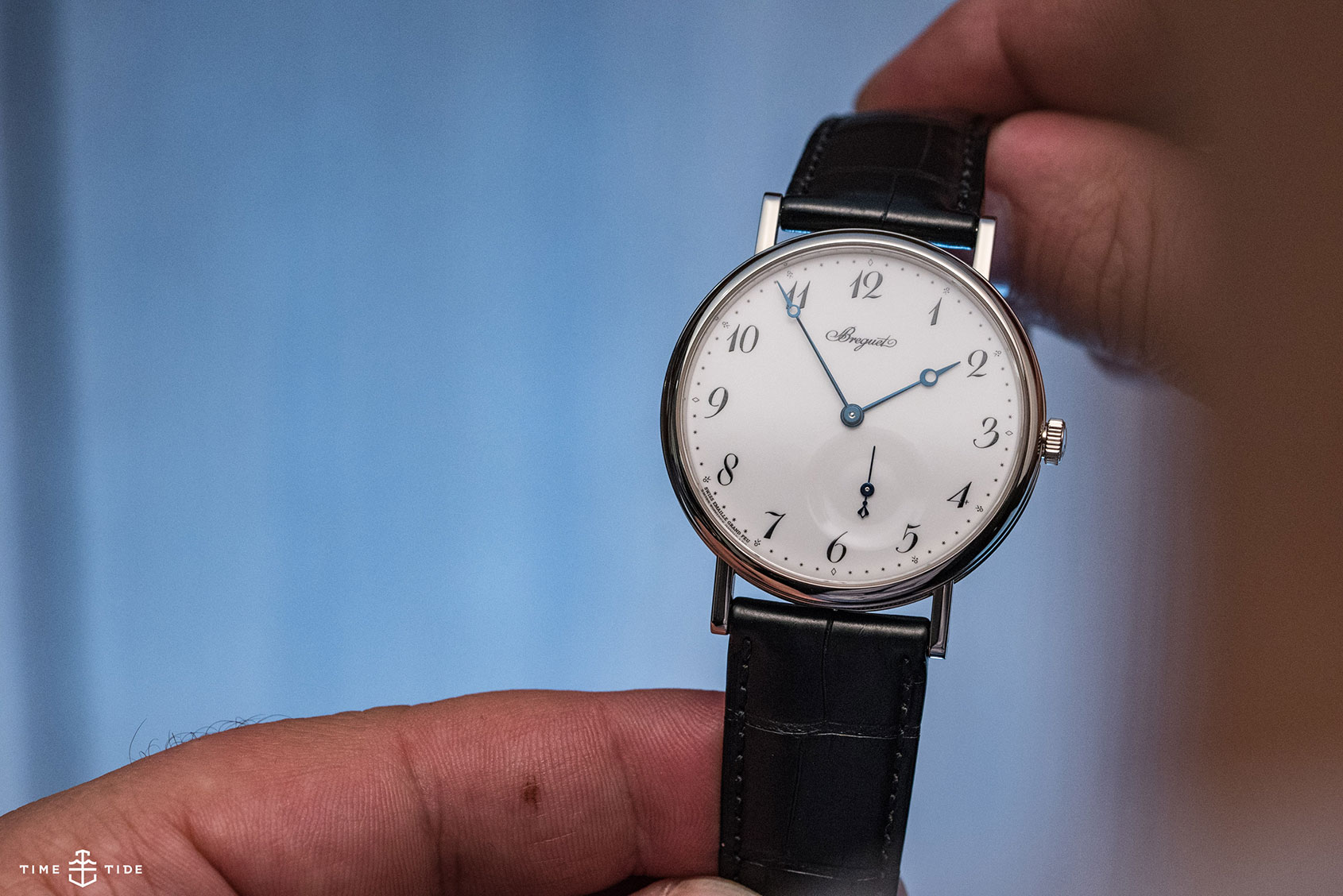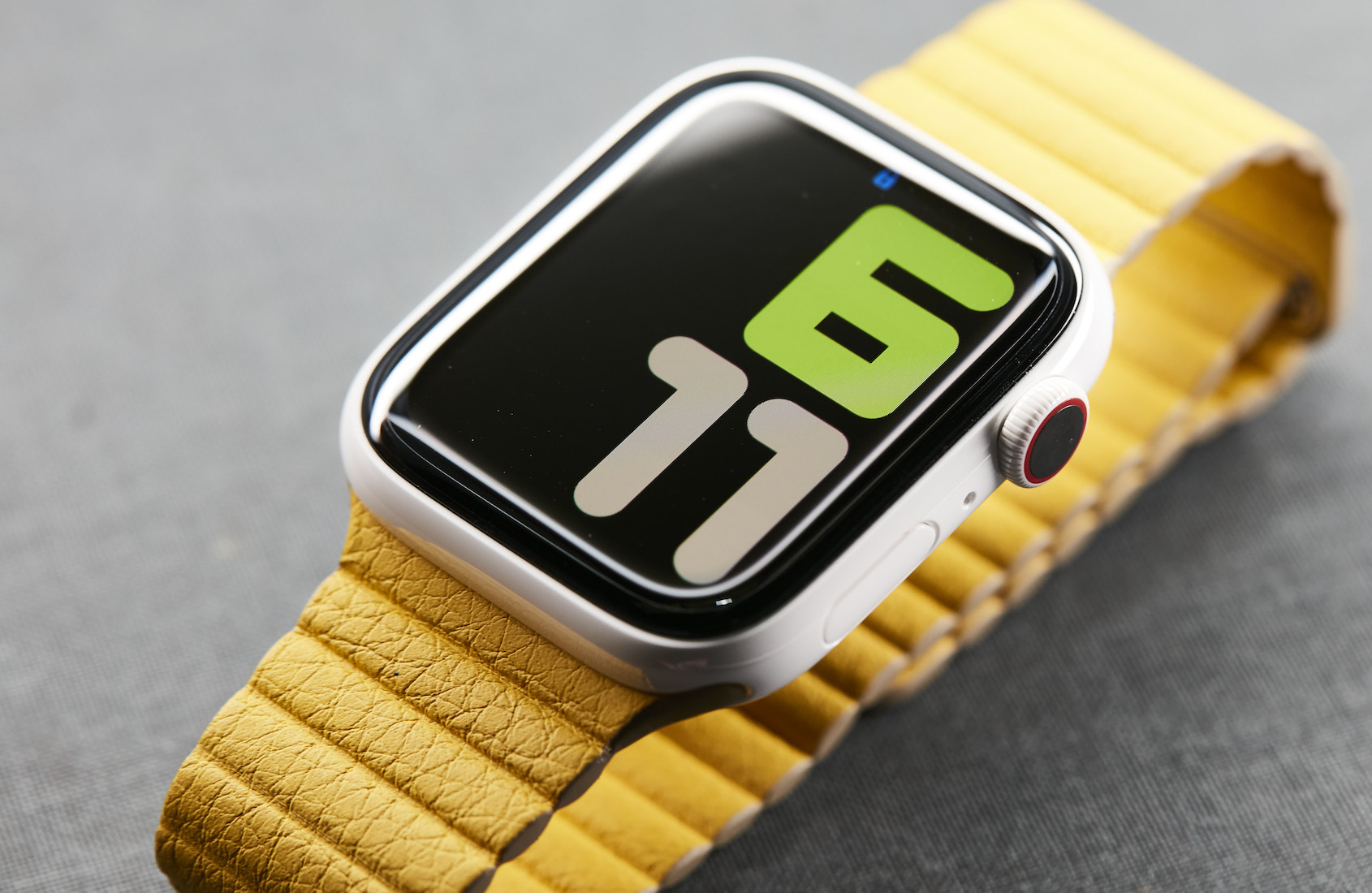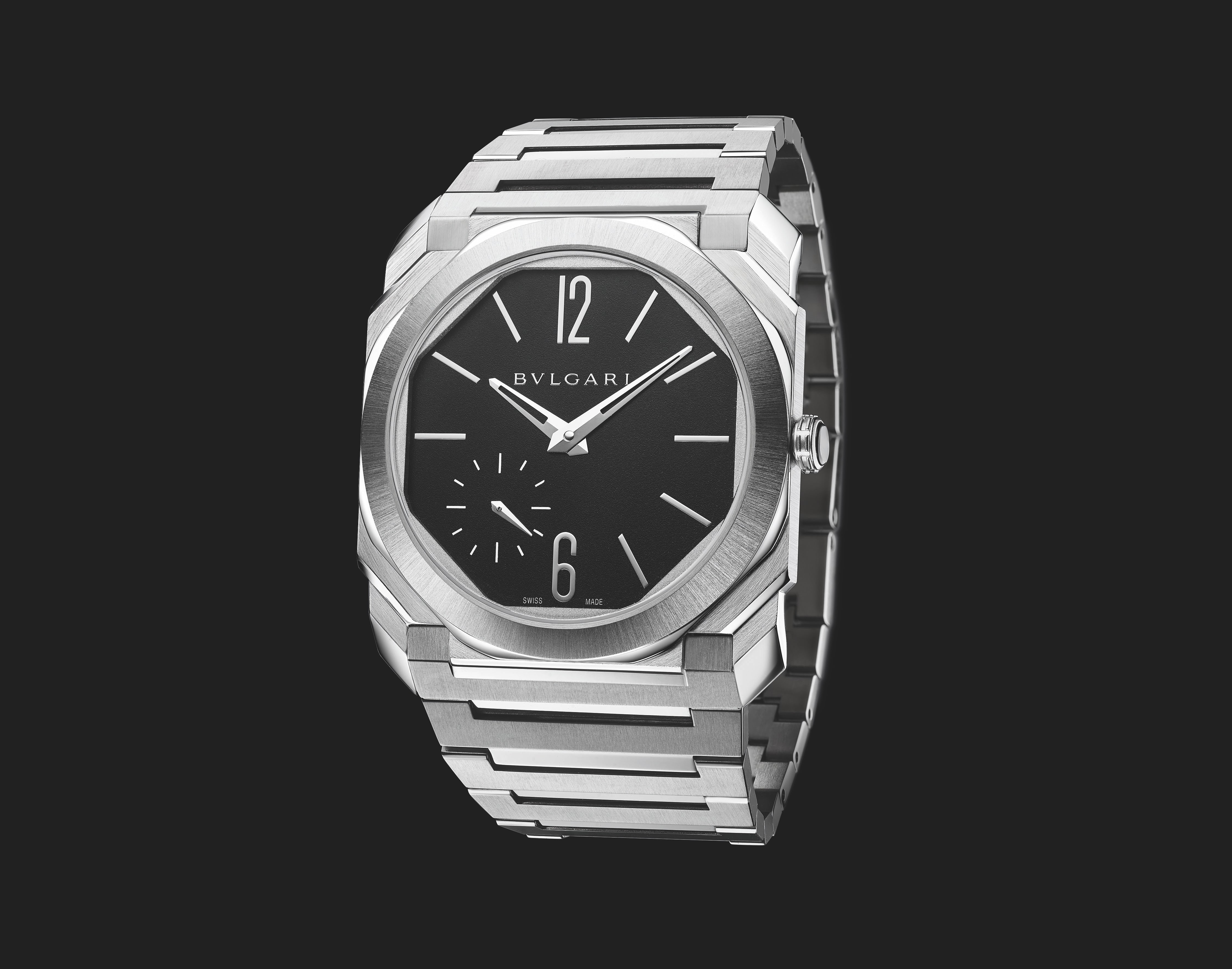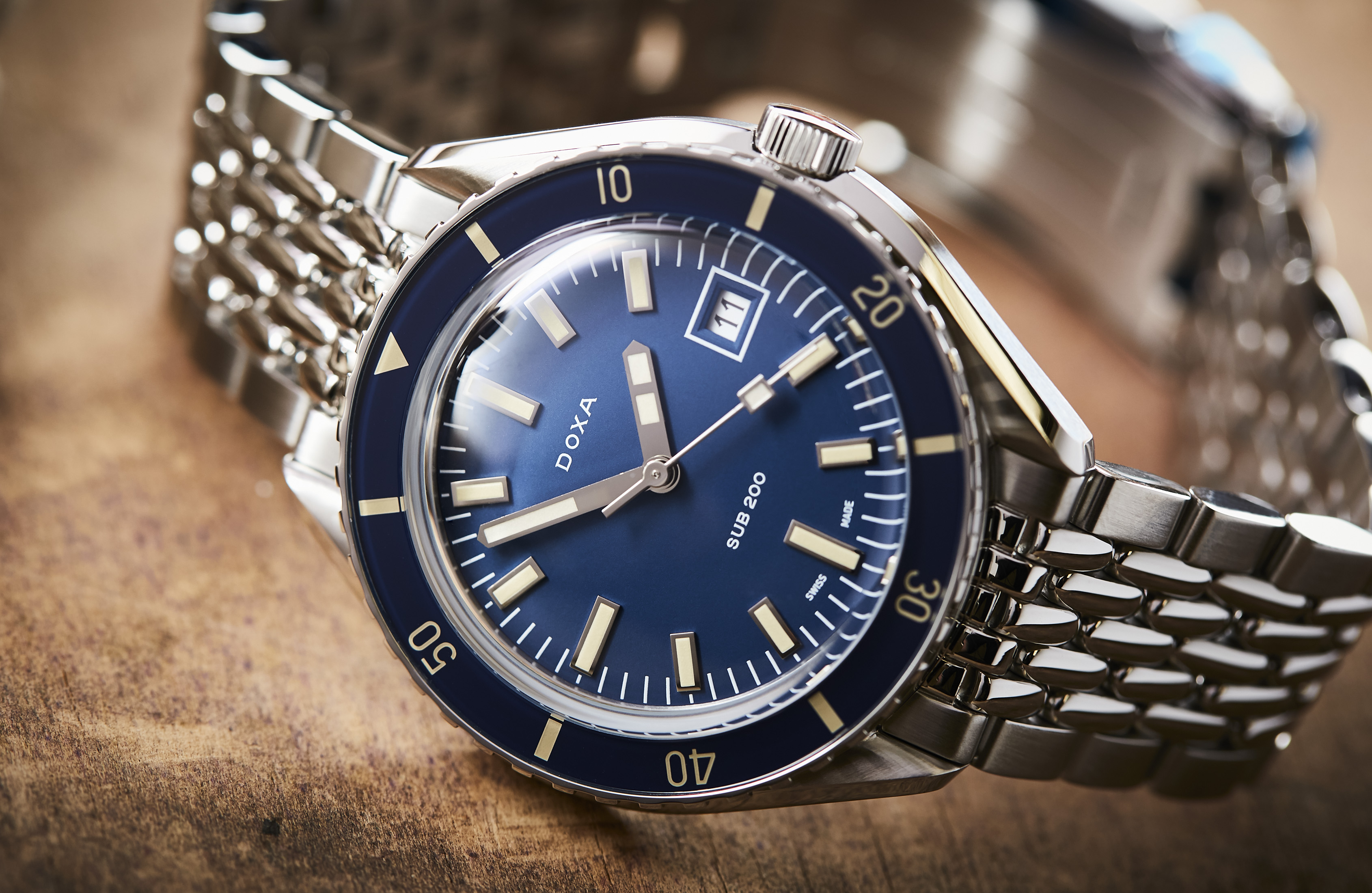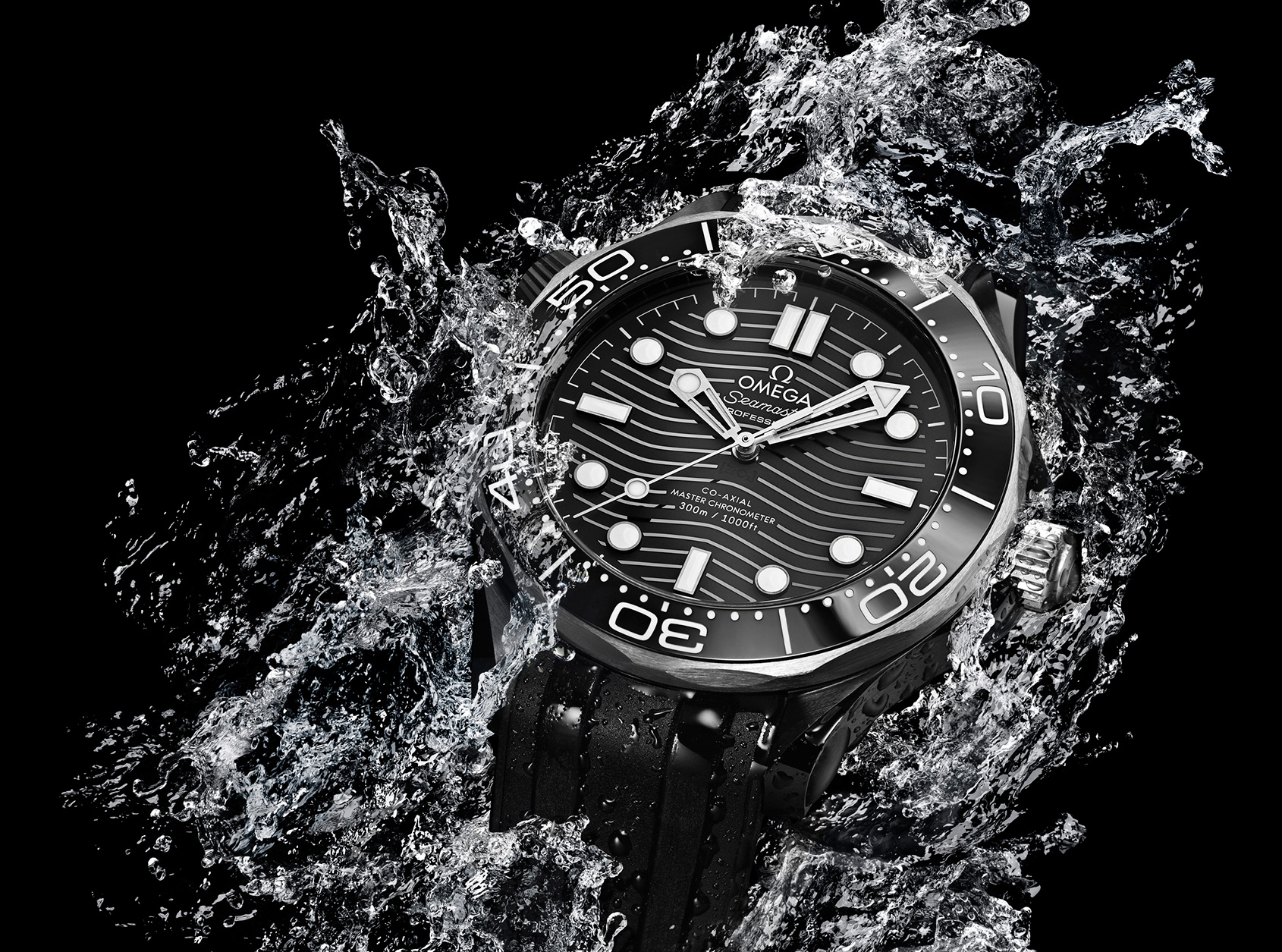EDITOR’S PICK: How waterproof is your watch?
James RobinsonEDITOR’S NOTE: In Australia, the temperature is rising with summer due to kick in at the end of the month. That means we’re approaching beach season – a time for ocean swimming, paddle boarding or just standing in a mate’s pool glugging an ice-cold beer. But will you keep your watch on during such activities? Read James’ guide to make sure you fully understand exactly what your watch is able to stand up to.
“How waterproof is my watch?” is a very common question that we get asked here at Time+Tide. And the short answer is … it’s not. There isn’t a watch on earth that can withstand the absolute pressure of mother nature and her deepest of ocean trenches. No, watches are, regardless of marketing bollocks, water resistant at best.
And, rather importantly, the water resistant rating that’s printed or engraved in metres or feet on the dial or case back of a watch, isn’t literal — not by a long shot, but it is one of the most important aspects of a watch according to D.C.
So, with that in mind, we thought we’d share with you this simple rule book of sorts, to ensure that your watch doesn’t turn into a receptacle for storing H2O…
30 Metres (3ATM)
A very common rating among dress watches, if your timepiece says 30 metres or 3ATM (ATM meaning atmospheres) then IT DOES NOT mean it’s water resistant to 30 metres below sea level. In reality, it means that your watch can withstand splashes of water from washing your hands or getting caught in the rain … and that’s about it. It is also imperative that you don’t take a watch with this little water resistance into the shower with you, because steam has an incredibly nasty habit of getting into places you’d never otherwise imagine.
50 Metres (5ATM)
Watches water resistant to 50 metres (5ATM) are much the same as 30 metres, that is to say, they are not very resistant to water at all. Same rules apply as 3ATM really — splashes of water fine, swimming not fine. Depending on who you ask, some will say that it’s A-OK to wear a 5ATM watch into the shower, but once again I wouldn’t risk it and, if I’m being frank, wearing a watch in the shower just seems like a resolutely silly idea.
100 Metres (10ATM)
Now things are starting to get serious — if a watch is rated to 100 metres or 10ATM of water resistance, it means that you can go swimming with it on or even go snorkelling. You’ll find that often a watch rated to 10ATM also has a screw-down crown and/or screw-down case back, which ensures a superior level of water resistance compared to watches that don’t have these features. However, 10ATM doesn’t mean you can go diving 100 metres below sea level while wearing the watch.
200 Metres (20ATM)
Once a watch gets to 200 metres or 20ATM of water resistance, then chances are, it’s a fit-for-purpose dive watch. That means that activities like swimming, snorkelling or even skin diving are completely fine. Timepieces with this level of resistance are also where we start to see acronyms like ISO (International Organisation for Standardisation). ISO 6425, for example, is a certification given to dive watches that can do things like withstand being statically submerged in 125 per cent of their water resistant rating. For a watch to receive ISO certification, each and every piece needs to be independently tested, which is a costly exercise for watchmakers, so it isn’t very common. But if your timepiece does have 6425 certification, it’s going to perform well in most underwater arenas. However, a watch that’s resistant to 20ATM is not good for saturation diving. For that, we have to go, pardon the pun, deeper.
300 Metres (30ATM) and 300+ Metres
Welcome to the big leagues of dive watches, the 300 metre and beyond category. It’s not uncommon at all to see timepieces that are rated to 30 ATM or more of water resistance accompanied by a helium escape valve. Developed by DOXA and Rolex in the ’60s, this one-way valve ensures that when saturation or mixed gas divers are resurfacing from a deep dive, the helium caught in the case can escape during decompression. If the helium gets trapped inside the case and cannot find a way out, the pressure inside the case becomes too much, and can cause serious damage to your timepiece, including the crystal popping straight off. In short, if your timepiece is rated to 300 metres or beyond, then chances are it’s going to be completely fine in almost any underwater context.




